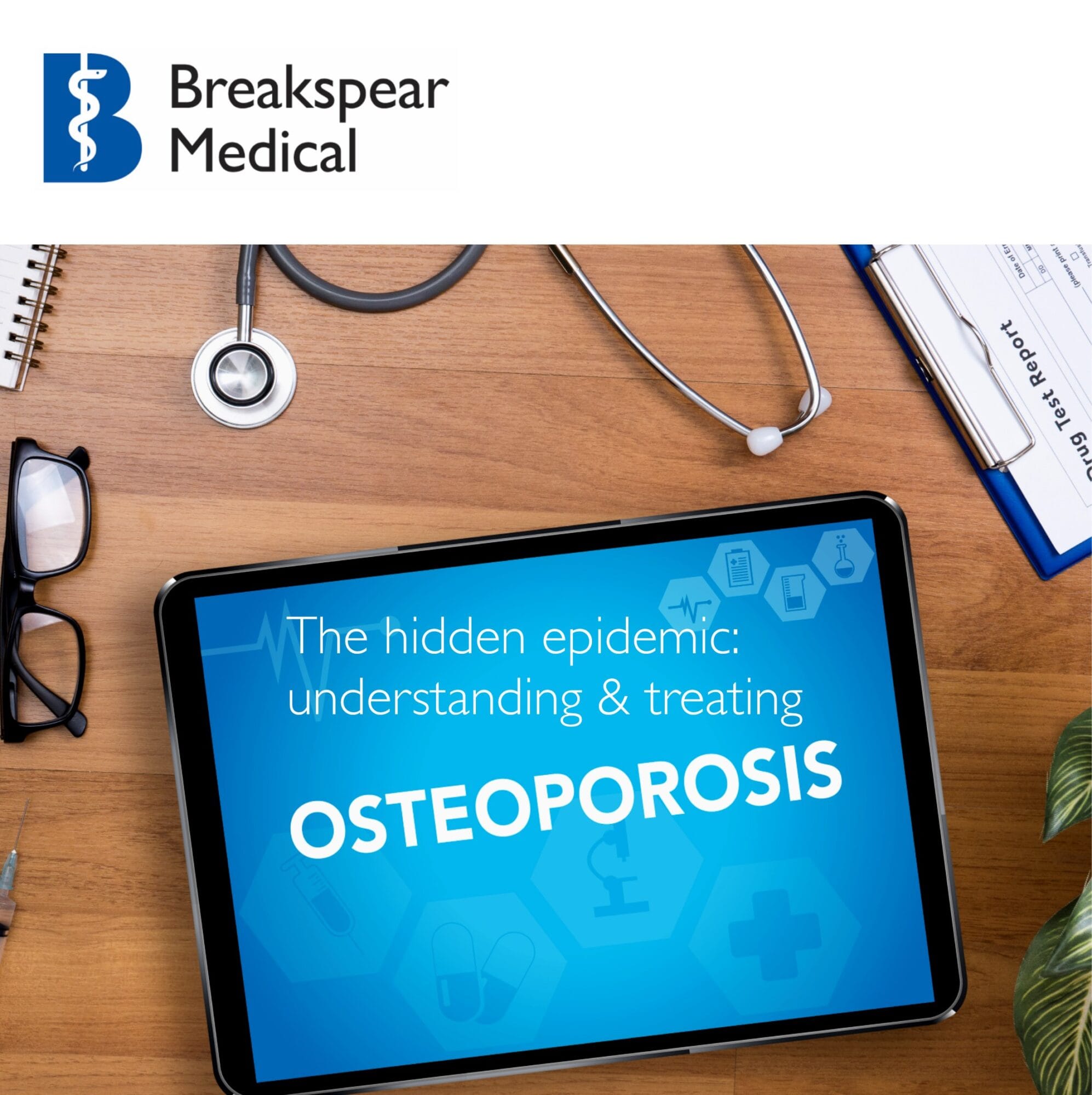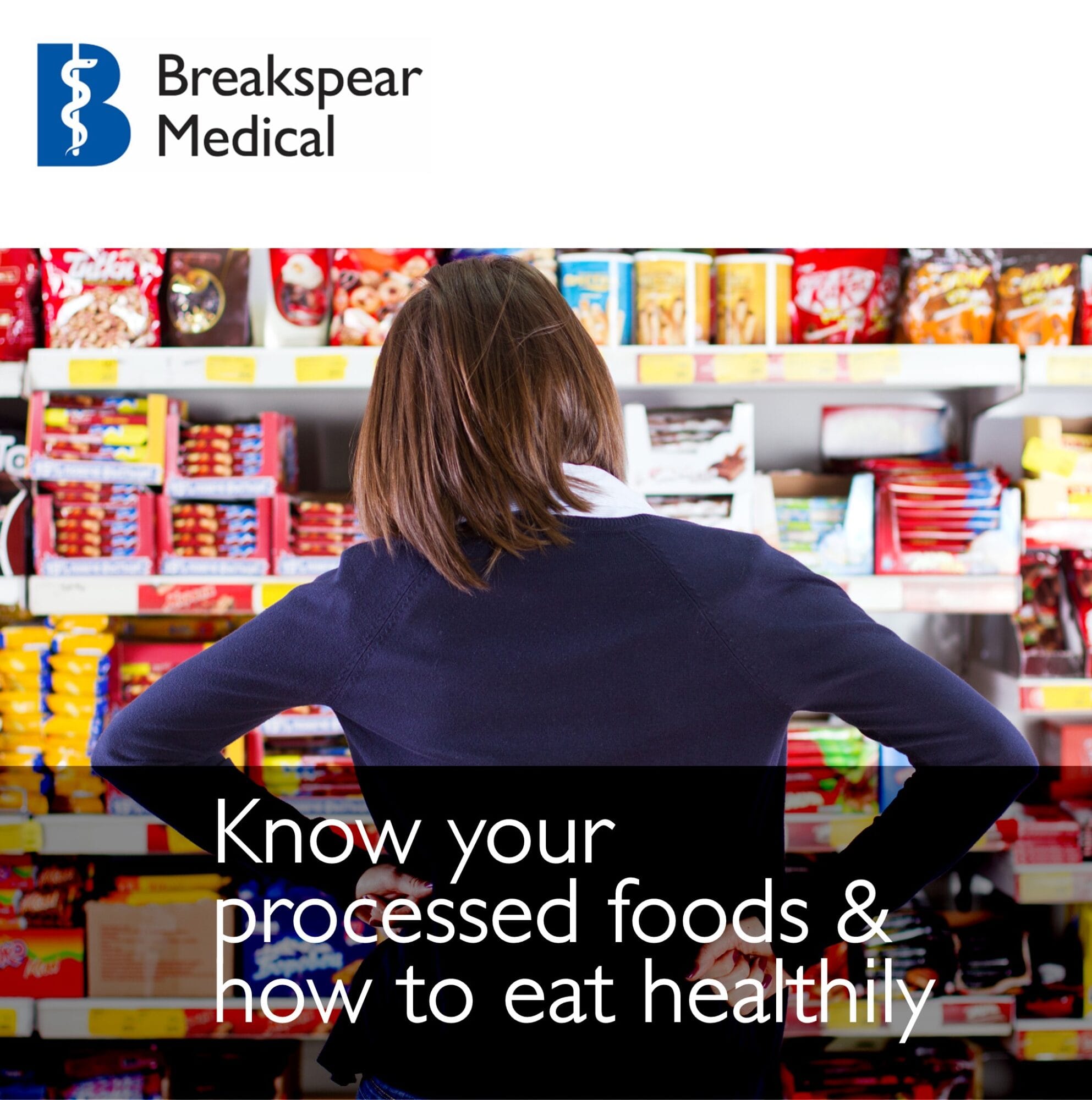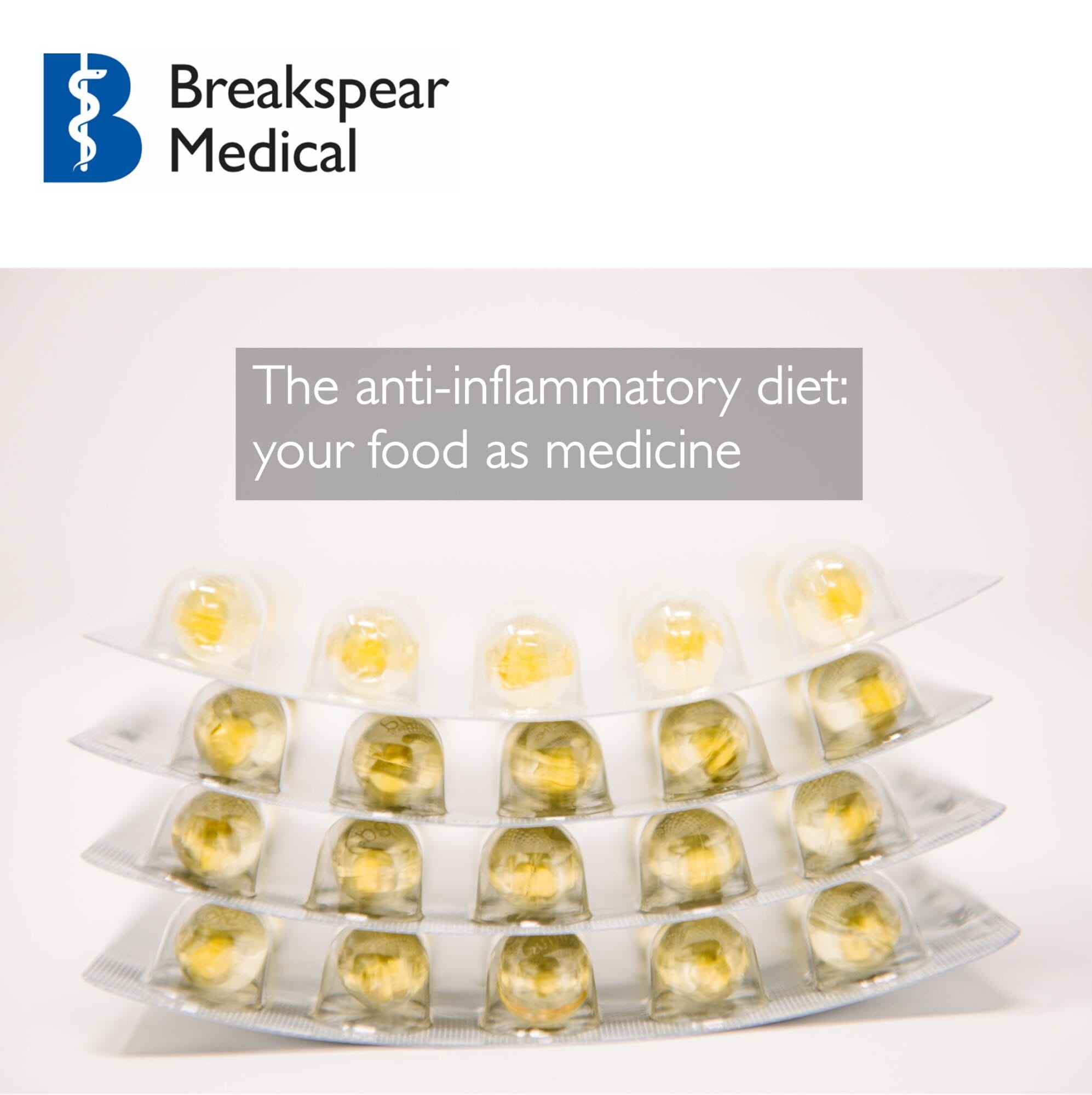Confused about processed foods? You're not alone. Learn the difference between processed and ultra-processed foods and how to make smarter, healthier choices.

The hidden epidemic: understanding & treating osteoporosis in modern Britain
Following recent press coverage about how modern diets are affecting British health, there’s another silent health crisis that deserves our attention: osteoporosis. This “silent disease” is quietly affecting millions across the UK, yet many people remain unaware of their risk until it’s too late.
The scale of the problem
Recent comprehensive published research spanning 25 years (January 2000 to January 2025) has revealed some startling statistics. Globally, osteoporosis affects up to 21.7% of people aged 50-85 – that’s more than 1 in 5 adults facing significantly increased fracture risk. This meta-analysis of 40 studies paints a clear picture: osteoporosis is far more common than many realise.
However, the numbers only tell part of the story. Behind these statistics are real people dealing with painful fractures, loss of independence and diminished quality of life. The condition doesn’t just affect bones in isolation; it is closely linked to other serious health conditions including type 2 diabetes and sarcopenia (muscle weakness and loss), creating a complex web of health challenges that can dramatically impact daily life.
Understanding the risk factors
Osteoporosis doesn’t develop overnight. Several risk factors contribute to weakening bones over time:
Age & gender: post-menopausal women are at particularly high risk due to declining oestrogen levels, however, men aren’t immune, particularly as they age.
Medical conditions: type 2 diabetes significantly increases the risk of osteoporosis, creating a concerning overlap with Britain’s rising diabetes rates.
Lifestyle factors: sedentary lifestyles, poor nutrition, smoking and excessive alcohol consumption all contribute to bone loss.
Medications: long-term use of certain medications, including some commonly prescribed drugs, can affect bone density.
Sarcopenia: the loss of muscle mass and strength that often accompanies ageing creates a dangerous combination with bone loss, significantly increasing fracture risk.
Evidence-based treatment approaches
The good news is that osteoporosis isn’t inevitable and, even when diagnosed, there are proven interventions that can make a difference.
Exercise: your bones’ best friend
Exercise is good for your heart and muscles and it is essential for bone health. The research is clear on what type of exercise works:
Weight-bearing exercises force your bones to work against gravity, stimulating bone formation. Try walking, dancing, hiking, or stair climbing.
Resistance training using weights, resistance bands, or your own body weight helps build both bone density and the muscle strength needed to prevent falls.
Balance training might not directly build bone, but it is crucial for fall prevention, and preventing falls prevents fractures.
The key is consistency and progression. Try to aim for 2-3 sessions per week, for at least 12 weeks, gradually increasing intensity over time. This approach has been shown to reduce fracture risk both by preventing falls and by modestly increasing bone mineral density.
Nutrition: building blocks for strong bones
Your bones are living tissue, constantly breaking down and rebuilding. This process requires specific nutrients:
Calcium and vitamin D work together. For post-menopausal women and older men, aim for 1000-1200mg of elemental calcium daily, paired with 800-1000 IU of vitamin D. But here’s the crucial part: your vitamin D levels need to be adequate for calcium absorption to work properly. Target a 25-hydroxyvitamin D level above 20 ng/mL.
Avoid the temptation of mega-doses. Large intermittent bolus dosing doesn’t work as well as consistent daily intake, and doses of 4000 IU or more daily can actually be harmful.
Protein is often overlooked and is vital for bone health. Adults over 65 years of age should aim for more than 1.0g per kg of body weight daily. Adequate protein intake supports both bone formation and muscle maintenance, addressing both osteoporosis and sarcopenia simultaneously.
Vitamin K supplementation shows some promise, particularly vitamin K2 in Asian populations, but the evidence isn’t strong enough yet to recommend routine supplementation for everyone.
The Breakspear Medical difference
At Breakspear Medical, we take a comprehensive approach to bone health that goes beyond conventional treatments. Yes, we absolutely support all the evidence-based interventions mentioned above, such as proper nutrition, appropriate supplementation and suitable exercise programs, which are fundamental to our approach.
However, we also offer something else called pulsed electromagnetic field (PEMF) therapy, using our MARP Electronic Magnoter.
The space connection: learning from the stars
The story behind Breakspear Medical’s initial interest in PEMF therapy involves the founder of Breakspear Medical, Jean Monro, meeting the astronaut, Neil Armstrong. Armstrong explained that without Earth’s gravitational pull and magnetic field, astronauts can lose significant bone density. Armstrong, the first man to walk on the moon, experienced this firsthand, developing severe osteoporosis after his historic mission. According to NASA, “For every month in space, astronauts’ weight-bearing bones become roughly 1% less dense if they don’t take precautions to counter this loss.”
The solution to Armstrong’s depleted bone density came through innovative thinking about Earth’s natural magnetic field and its role in maintaining bone health. Researchers discovered that pulsed magnetic fields could help restore bone density back on Earth.
How PEMF therapy works
Pulsed Electromagnetic Field (PEMF) therapy works by delivering precisely controlled magnetic pulses to bone tissue, stimulating the natural processes of bone formation and repair. The therapy essentially mimics and amplifies the beneficial effects of Earth’s natural magnetic field on our cellular processes.
At Breakspear Medical, we’ve witnessed remarkable results with our Magnoter. We’ve been able to help reverse severe osteoporosis in some patients, with improvements not just in bone density but also in posture and significant reduction in pain levels. Patients often report feeling more stable, experiencing less discomfort, and regaining confidence in their daily activities.
A holistic approach to bone health
What sets our approach apart is that we understand that bone health is intimately connected to overall health, including the nutritional deficiencies and food sensitivities which are particularly important with today’s modern British diets.
Many of our patients discover that addressing underlying nutritional imbalances – whether through identifying food sensitivities, correcting vitamin and mineral deficiencies, or optimising their overall dietary approach – significantly enhances their bone health outcomes.
Our Clinical Team works with each patient to create a personalised treatment plan that might include:
- comprehensive nutritional assessment and supplementation
- food allergy/sensitivity testing to identify dietary factors affecting inflammation and nutrient absorption
- targeted exercise recommendations
- PEMF therapy sessions using our Magnoter system
- ongoing monitoring and adjustment of treatment protocols
Taking action for your bone health
Osteoporosis might be called the “silent disease,” but it doesn’t have to remain silent in your life. Whether you’re looking to prevent bone loss or you’ve already been diagnosed with osteoporosis, there are effective interventions available.
The combination of evidence-based conventional approaches with innovative therapies, such as PEMF, offers hope for everyone concerned about their bone health. At Breakspear Medical, we’re committed to providing comprehensive care that addresses the symptoms and the underlying factors contributing to bone loss.
If you’re experiencing unexplained aches and pains, have a family history of osteoporosis, or simply want to be proactive about your bone health, book an appointment today. Early intervention is always more effective than trying to rebuild severely depleted bones.
Ready to take address your bone health? Contact Breakspear Medical today. Our experienced Clinical Team is here to help you build stronger bones and a more confident future.
Advances in the management of osteoporosis, BMJ 2025; 390 doi: https://doi.org/10.1136/bmj-2024-081250 (Published 30 July 2025) BMJ 2025;390:e081250





